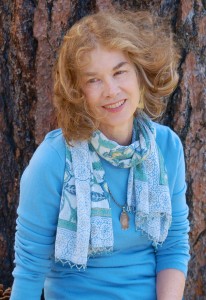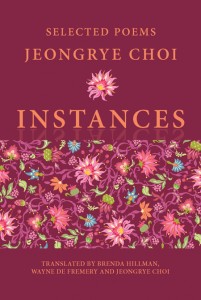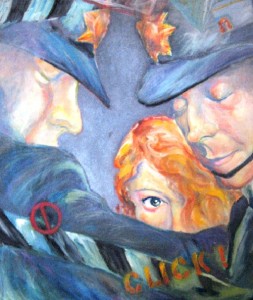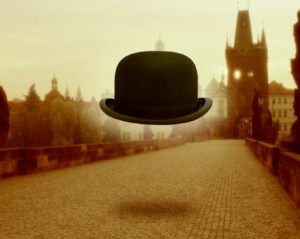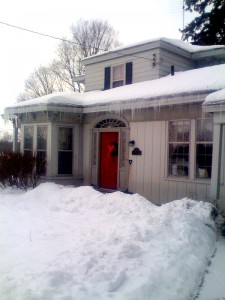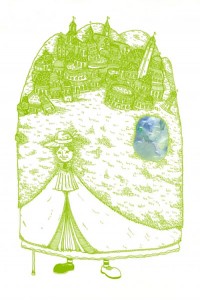Becoming Realer: Identity, Craft and the MFA is a column that explores issues of poetry, theory and writing craft in relation to the personal experiences of Saint Mary’s College of California Creative Writing MFA candidate and LR staff writer, Kelsay Myers.
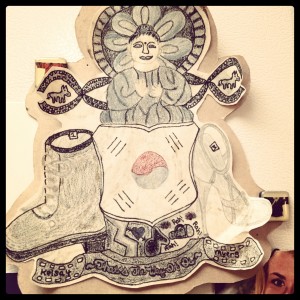
“We tell ourselves stories in order to live,” Joan Didion began “The White Album.” Her words have been on repeat in my head during the months that I have been neglecting this column while putting the finishing touches on my thesis for Saint Mary’s MFA in Creative Nonfiction. As I prepared to walk for graduation, I found myself returning to the beginning and wondering: Is that why I decided to tell stories? What exactly is the nature of telling stories?
This past January, I took a class that explored fairy tales from a comparative and cross-cultural perspective. I thought it would help me learn how to write stories since folk tales have both expository and narrative elements and follow set structural patterns. There is a hero or heroine who goes on a journey. There is a donor who helps the hero or heroine. There is a conflict, separation and ultimately a reunion. Things tend to happen in threes. In order to find the narrative arc in my own story, I decided to go back to the very beginning.
Some folklorists believe that the first stories told were tales of giant-slayers. In a Norwegian tale, seven brothers go off in search of seven brides, and the oldest six are turned to stone by a giant’s hand. Only the youngest prince and princess are able to trick the giant and destroy his heart. Or in the Portuguese version, three sisters go out into a field to pick flowers, then disappear. When the youngest brother comes of age, he goes off in search of his lost sisters and finds the first two married to the King of the Birds and the King of the Fishes respectively. But his youngest sister is being held prisoner by an evil giant that wants to force her hand in marriage, and the brother must destroy the giant’s heart. Then there’s the Cyclops in Homer’s Odyssey or David and Goliath. Were these stories told in order for ancient people to live or were they just stories the peasants liked to tell to pass the time?
